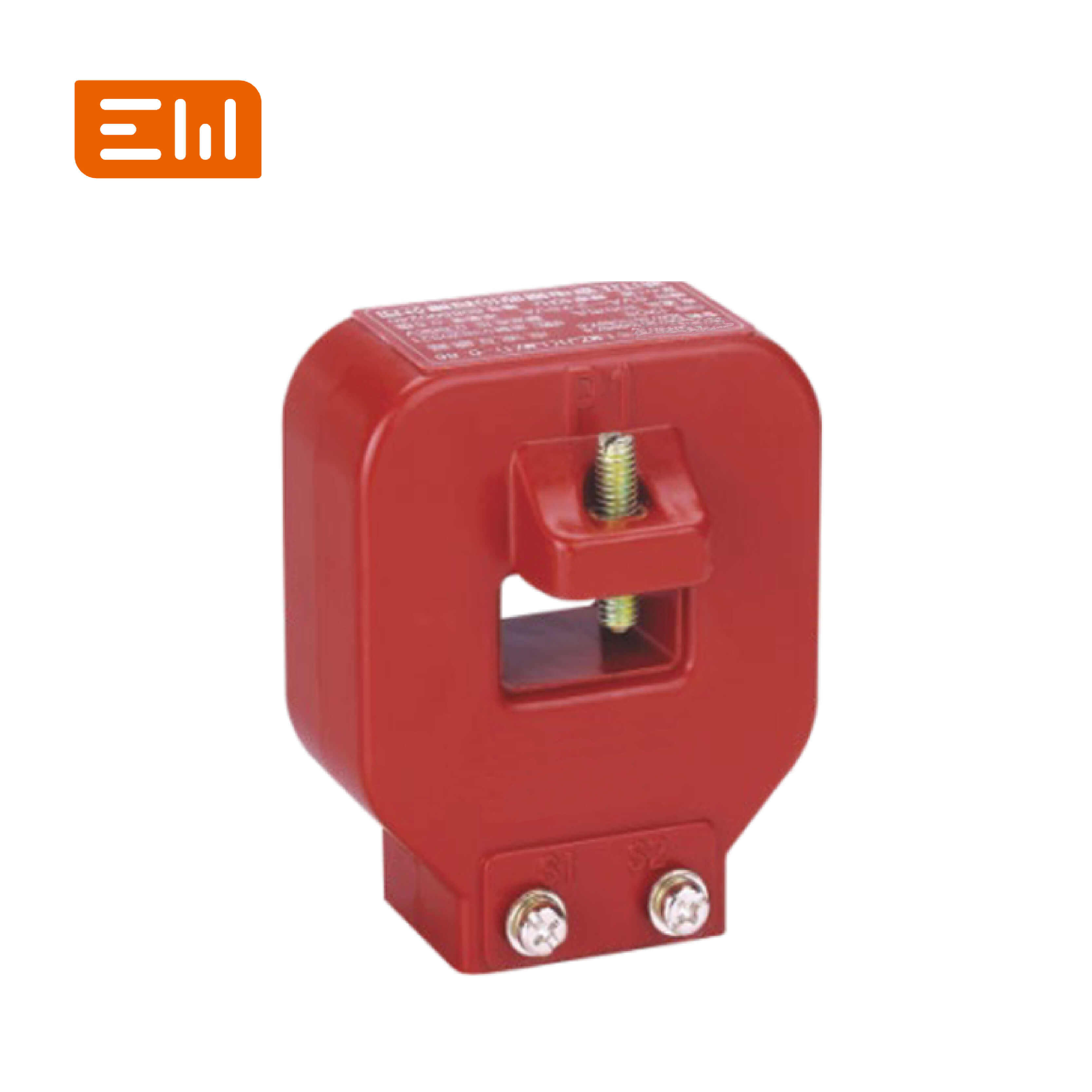Current Transformer Simulation Techniques for Accurate Relay Studies
Simulation of current transformers (CTs) is essential for verifying relay performance, assessing saturation risks, and optimizing protection schemes. Accurate models replicate CT behavior under normal and fault conditions, ensuring protection systems respond as intended.
Quick Definition: Current transformer simulation involves mathematical and software modeling of CT magnetic characteristics, burden effects, and secondary currents to predict performance in protection and metering applications.
Key Project Takeaways
- CT simulation requires accurate magnetization curves and burden data aligned with IEC 61869 or IEEE C57.13.
- Software tools like PSCAD, EMTP-RV, and MATLAB/Simulink aid in modeling CT saturation and transient response.
- Enwei Electric provides CT datasheets and excitation curves to support digital studies.
- Validation through field testing or hardware-in-the-loop confirms simulation accuracy.
Simulation Objectives
Engineers simulate CTs to verify relay settings, identify saturation thresholds, and evaluate the impact of network changes. Simulations also support digital substations, where virtual models validate protection logic before field deployment.
Proper modeling identifies whether CTs can deliver accurate signals during high fault currents, preventing relay misoperation and ensuring system stability.
CT Modeling Fundamentals
CT models typically include a magnetizing branch representing core behavior and a series branch representing leakage impedance and burden. Nonlinear magnetization curves capture saturation characteristics. Thermal effects can be incorporated for long-duration faults.
In transient simulations, flux balance equations model remanence and DC offset. For metering applications, steady-state accuracy may be sufficient, whereas protection studies require transient fidelity.
Standards and Data Inputs
- IEC 61869-2 — Provides excitation data, accuracy classes, and thermal limits for CTs. Source: IEC
- IEEE C57.13 — Offers American standards for CT parameters and testing. Source: IEEE
- IEC 60909 — Guides short-circuit calculations feeding CT simulations. Source: IEC
Accurate simulation depends on CT excitation curves, ratio, burden rating, and secondary resistance. Enwei Electric supplies these data points in product documentation.
Simulation Workflow
1. Data Collection: Gather CT parameters—ratio, knee-point voltage, magnetization data, winding resistance.
2. Model Creation: Build equivalent circuit models in chosen software, including nonlinear magnetization characteristics.
3. Scenario Definition: Define fault currents, burdens, and system dynamics (e.g., DC offset, remanence).
4. Simulation: Run transient and steady-state analyses to observe secondary current and flux behavior.
5. Evaluation: Compare secondary current to relay requirements, ensuring accuracy within class limits.
Software Tools for CT Simulation
PSCAD/EMTDC: Offers detailed electromagnetic transient modeling with nonlinear elements for CT saturation studies.
EMTP-RV: Provides flexible modeling for power system transients, including CT modules and custom components.
MATLAB/Simulink: Enables custom CT models using Simscape Electrical, suitable for digital twin development.
DIgSILENT PowerFactory: Includes instrument transformer models within protection studies for short-circuit and dynamic simulations.
Application Scenarios
Differential protection: Verify that CTs feeding differential relays remain linear under internal and external fault conditions.
Distance protection: Assess CT performance under long-line faults with high DC offset to ensure proper relay timing.
Renewable interconnections: Model CT response to inverter-driven fault currents, which may have limited magnitude but high harmonic content.
Digital substations: Simulate IEC 61850 sampled values derived from CT models to validate merging unit algorithms.
Validation and Testing
Simulation results should be cross-checked with laboratory tests or field measurements. Secondary injection tests confirm relay response, while primary injection validates CT behavior under load. Hardware-in-the-loop setups combine real relays with simulated CT signals for comprehensive validation.
Maintaining alignment between simulation models and actual CT characteristics requires periodic updates using latest test reports and condition monitoring data.
Engineer Checklist
- Obtain accurate CT excitation curves, ratio, burden, and resistance values.
- Select simulation tools capable of nonlinear magnetization modeling.
- Define worst-case fault currents and burdens for analysis.
- Validate results against standards requirements and protection relay specifications.
- Document assumptions, model parameters, and test correlations for audit purposes.
Enwei Electric CT Data Resources
Enwei Electric provides detailed CT datasheets, excitation curves, and thermal data to support simulation efforts. Explore CT offerings at https://www.enweielectric.com/products/current-transformers. Integrating CT data with Enwei Electric switchgear (https://www.enweielectric.com/products/switchgear) and transformers (https://www.enweielectric.com/products/transformers) ensures cohesive modeling.
Engineering FAQ on Current Transformer Simulation
Why simulate CTs instead of relying on nameplate data?
Simulation captures nonlinear behavior and transient effects, revealing saturation or misoperation risks that nameplate data alone cannot predict.
What data is essential for accurate CT modeling?
Excitation curves, ratio, burden rating, secondary resistance, and thermal limits are crucial inputs.
How does Enwei Electric support simulation teams?
Enwei Electric supplies detailed CT data, engineering consultation, and product customization to align with protection study requirements.
Call to Action: Enhance CT Simulations with Enwei Electric
Accurate current transformer simulation safeguards protection systems and optimizes grid performance. Partner with Enwei Electric for comprehensive CT data, engineering support, and integrated equipment. Contact Enwei Electric today to strengthen your simulation workflow.
Project Applications
See real-world deployment examples and gallery highlights across Enwei Electric product hubs:
- Transformer solutions for distribution and industrial projects.
- Switchgear portfolios covering medium- and low-voltage control rooms.
- Current transformer ranges supporting precision metering and protection.
- Prefabricated substations that integrate transformers, switchgear, and panels.
Table of Contents
- Current Transformer Simulation Techniques for Accurate Relay Studies
- Key Project Takeaways
- Simulation Objectives
- CT Modeling Fundamentals
- Standards and Data Inputs
- Simulation Workflow
- Software Tools for CT Simulation
- Application Scenarios
- Validation and Testing
- Engineer Checklist
- Enwei Electric CT Data Resources
- Engineering FAQ on Current Transformer Simulation
- Call to Action: Enhance CT Simulations with Enwei Electric
- Project Applications


